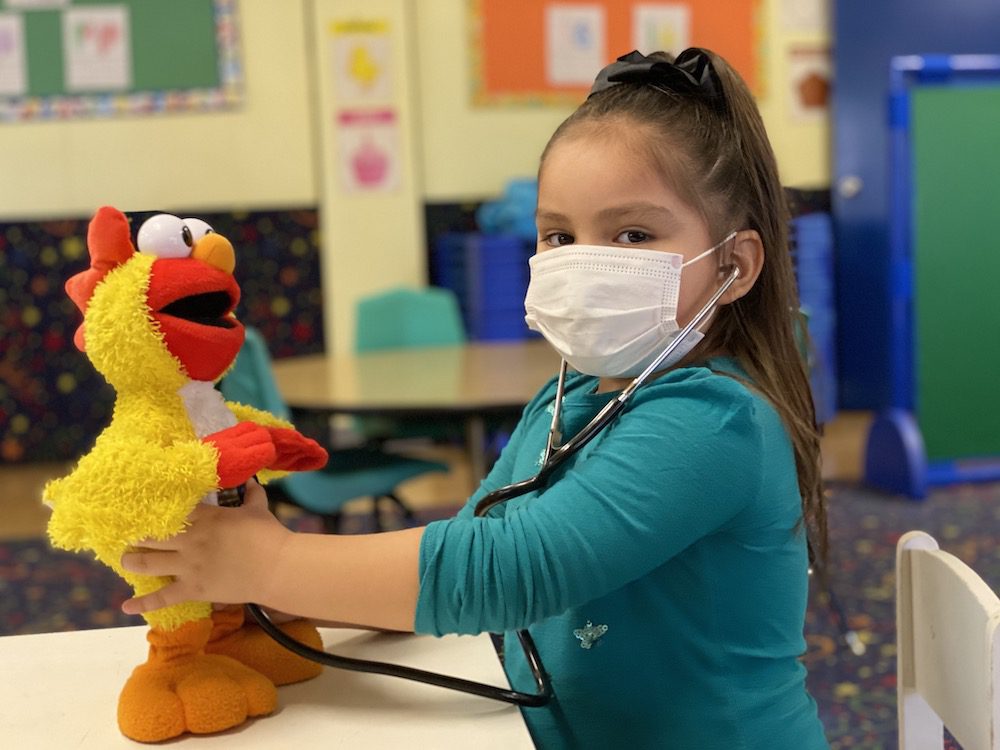Lice, or Pediculus humanus capitis, is a parasitic insect that can be found on the head, eyebrows, and eyelashes of people. Head lice feed on human blood several time a day and live close to the human scalp. Head lice are not known to spread disease.
Getting head lice has absolutely nothing to do with personal hygiene or cleanliness in the home or school. Anyone can get it, including you. Lice spread through head to head contact with an infested person and can only live/survive on humans.
If your child or you have lice it most likely came from a clean child just like yours who happened to be infested by another child. There is no one to blame or shame. No one did anything wrong.
How can I find out who gave my child head lice?
LiceHappens.com says: Parents should resist the urge to assign blame, as it is unproductive, and spreads stigma rather than knowledge. Instead of accusing other parents or school administrators of not doing enough to stop the spread of head lice, parents are better served by screening and treating their families, and informing other parents and school administrators that a problem exists.
How did my child get head lice?
Head-to-head contact with an already infested person is the most common way to get head lice. Head-to-head contact is common during play at school, at home, and elsewhere (sports activities, playground indoors and out, slumber parties, museums, etc). According to the Center for Disease Control & Prevention (CDC), spread by contact with clothing (such as hats, scarves, coats) or other personal items (such as combs, brushes, or towels) used by an infested person is uncommon. It is so uncommon that even The Harvard University School of Public Health entomology lab could not successfully get lice to spread via hats and scarves in a controlled scientific study.
Is my child’s school or my home infested?
No. It is not possible for any place to be infested. Infestation occurs on humans only. Lice cannot survive off of humans.
Who is at risk for getting head lice?
According to the Center for Disease Control & Prevention (CDC) infestation with head lice is most common among pre-school children attending child care, elementary school children, and the household members of infested children. 6-12 million US children 3-11 years old get lice every year.
What does lice look like & how is it diagnosed?
The diagnosis of head lice infestation is best made by finding a live nymph or adult louse on the scalp or hair of a person.
Because adult and nymph lice are very small, move quickly, and avoid light, they may be difficult to find. Use of a fine-toothed louse comb may facilitate identification of live lice.
If crawling lice are not seen, finding nits attached firmly within ¼ inch of the base of hair shafts suggests, but does not confirm, the person is infested. Nits frequently are seen on hair behind the ears and near the back of the neck. Nits that are attached more than ¼ inch from the base of the hair shaft are almost always non-viable (hatched or dead). Head lice and nits can be visible with the naked eye, although use of a magnifying lens may be necessary to find crawling lice or to identify a developing nymph inside a viable nit. Nits are often confused with other particles found in hair such as dandruff, hair spray droplets, and dirt particles.
If no nymphs or adults are seen, and the only nits found are more than ¼ inch from the scalp, then the infestation is probably old and no longer active — and does not need to be treated.
All Halsey Schools teachers are trained in how to detect lice.
Treatment General Guidelines
Treatment for head lice is recommended for persons diagnosed with an active infestation. All household members and other close contacts should be checked; those persons with evidence of an active infestation should be treated.
- Contact your pediatrician, pharmacists, or local lice treatment company. We recommend using prescription lice shampoo & comb as directed – Usually; apply once, rinse then comb out hair the following morning. Then repeat again in one or two weeks. Be sure to follow the actual directions from the treatment you choose and contact your physician if necessary. (Over the counter treatments do not work as well as prescriptions.)
- Other household members should be checked and treated if needed.
- Items such as hats, grooming aids, and towels that come in contact with the hair of an infested person should not be shared and can be disinfected by soaking them in hot water (at least 130°F) for 5-10 minutes.
- Household & classroom fumigation, sprays or thorough cleanings are not necessary because head lice can only survive for less than a day once off the human body and eggs die at room temperature. The HHSA says:
- Adult lice will die within two days without a blood meal. In a classroom or home where head lice are found; actions should be taken if possible to reduce head-to-head contact (Frankowski, 2010). Always keep each child’s hat and other clothing on separate hooks and hang each child’s coat on the back of their chair. Pillows and other classroom/home items may have nits or lice on them but are unlikely sources of infestation. These items can be put in a dryer and run on hot for 20 minutes, vacuumed, or placed in sealed plastic bags for two weeks to kill hatching lice (nits take six to nine days to hatch and are unlikely to hatch away from the scalp). Vacuuming classrooms/homes once a day until no children have lice can decrease the remote possibility of lice transmission from the environment.
Prevent reinfestation
Encourage/Teach your children to:
- Avoid head-to-head (hair-to-hair) contact during play and other activities at home, school, and elsewhere (sports activities, playground, slumber parties, camp).
- Not share clothing such as hats, scarves, coats, sports uniforms, hair ribbons, or barrettes.
- Not share combs, brushes, or towels.
- Not lie on beds, couches, pillows, carpets, or stuffed animals that have recently been in contact with an infested person.
According to our, Illness Policy if your child has lice he/she will be sent home immediately to receive treatment at home and can return the next day as long as there are no live lice present. We recommend seeking advice from your pharmacists and pediatrician and reading this. Some over the counter methods no longer work. All children will be checked when they return and sent back home if the treatment needs to be reapplied. It is up to your child’s teachers and directors to decide if a child is ready to come back. Please call the school before returning to assure your child will not be turned away when you come to school.
If your child will be out for any reason, please call or email us by 10:00 a.m.
818-992-1942 • [email protected]
Sources:
- http://www.cdph.ca.gov/HealthInfo/discond/Documents/2012HeadLiceEng.pdf
- http://www.licehappens.com
- http://www.cdph.ca.gov/HealthInfo/discond/Documents/2012SchoolGuidanceonHeadLice.pdf
- http://www.cdc.gov/parasites/lice/head/treatment.html
More about me
- Are you using the right car seat? Is your child sitting in the safest spot? - May 15, 2017
- Rear facing car seat required - November 29, 2016
- Does this sound like your three year old? - August 9, 2016





